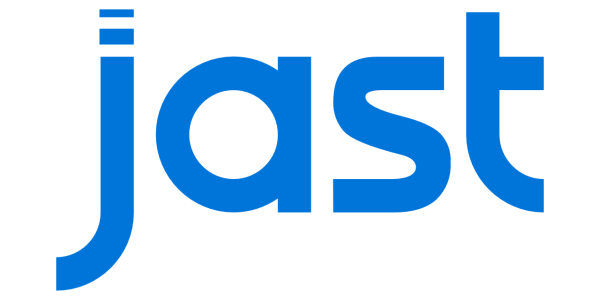This is another of those questions that comes from trying to learn a new language and culture. Recently when using one of those study books that is tied to audio CD’s and such to help me learn Japanese, there was a picture of something I have often seen in anime and manga, but like the previous object asked about, one that never seems to be given a name.
My apologies for asking here yet again, but this is the one place I figure if anyone is likely to know what this is from just a description and one picture, it is here, since once again searching for the name of something without it’s name is not easy. Anyway thanks and here is the description followed by a link to a picture.
It looks like cut sheets of paper, cut very thin, narrow at the bottom widening toward the top, almost like a cross between a whip or fan. It is wrapped at the bottom to hold all the sheets together and also offer a handle to hold.
This time I have found a picture it is what Kaname from Full Metal Panic is holding on the cover of this book. This is the only time I have seen the picture in a place I can access without knowing the name of the object. Thanks in advance for any help.
[This message has been edited by SCDawg (edited 07-22-2004).]
